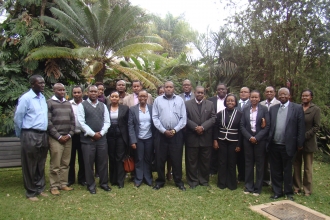Curbing coca cultivation in Colombia — A framed field experiment
This paper investigates the efficiency of carrot and stick policies to reduce investment in coca cultivation in rural Colombia. To measure behavioral responses to anti-drug policies, we conducted a framed field experiment with farmers living in one of the most important coca growing areas. Our experimental design allows identifying heterogeneous producer types and measuring their behavioral response to carrots and sticks. We provide an example on how knowledge on distribution types can be used to design an optimal anti-drug policy.



